From MoT Garage to Award-Winning Home: Mark Shaw’s Vision Unveiled
Architect Mark Shaw, driven by his “pathological fear” of cold temperatures, set out to create a heat-efficient home that starkly contrasts the “wonky, dark, and damp” Victorian terrace he previously inhabited. His innovative design, consisting of interconnected boxes framed by glass, recently earned the RIBA London 2025 award, lauded for its clever adaptation to an unconventional site—a former MoT garage nestled behind a row of houses in Walthamstow, northeast London.
Shaw remarked, “It was a long journey, so the recognition is great.” He acquired the plot in 2016 through an auction, having remortgaged his Stepney Green residence. Along with a university friend, they divided the property to construct their respective homes. While construction began in 2019, its progress was briefly stalled by the pandemic, and it ultimately wrapped up in the summer of 2021.
Before Transformation
The Walthamstow site was overgrown and rundown before the renovation.
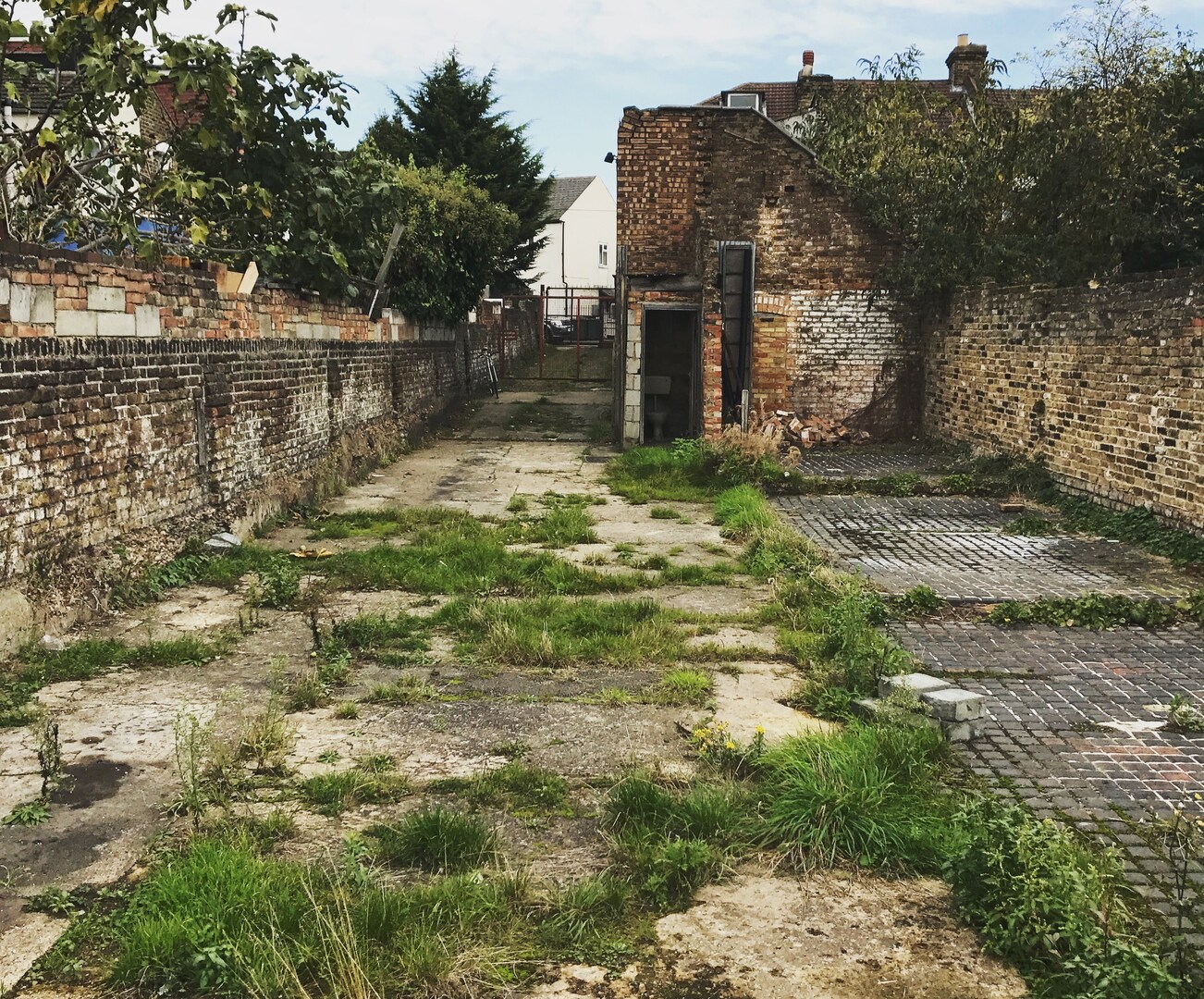
Delays during the project arose from a range of complications. The site had previously been approved for a design Shaw deemed unsatisfactory, necessitating two rounds of planning approvals. Additionally, he required 27 party wall awards, which involved directly contacting neighboring residents for consent—a process that extended over six months.
Securing a self-build mortgage proved to be particularly challenging, lasting an entire year. “It’s quite niche, and I was just starting my practice, so my income was modest at first,” Shaw explained, recalling that he borrowed £300,000, the maximum amount available to him.
Construction Phase
Construction efforts commenced in 2019 and culminated in summer 2021.
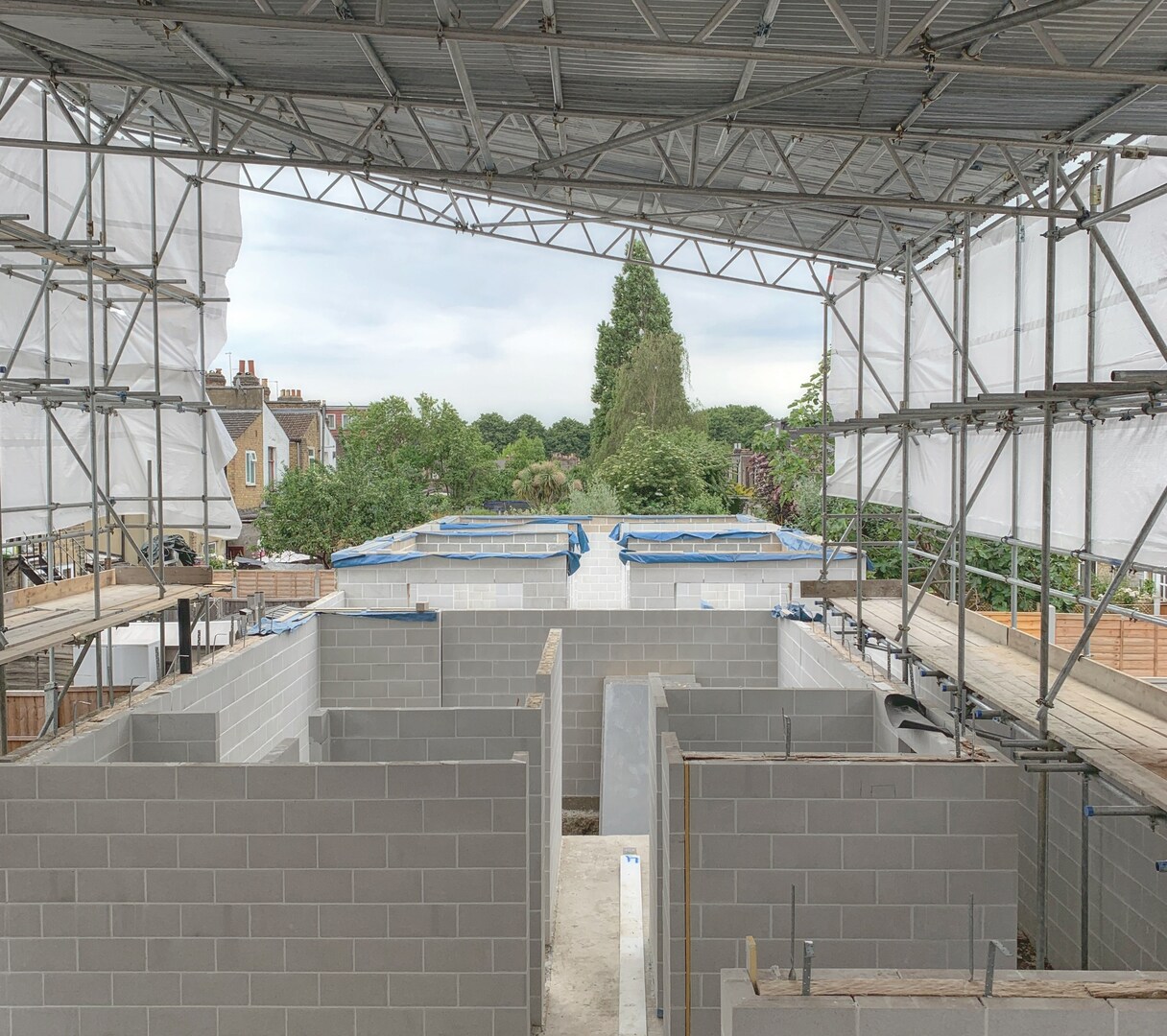
Shaw meticulously refined the design of his two-bedroom, two-bathroom home, prioritizing orientation and budget. Utilizing the 3D modeling software SketchUp, he analyzed the west-facing space to optimize sunlight exposure. “I spent months adjusting a bar that tracks the sun’s movement throughout the year,” he noted, emphasizing that the abundant sunlight in his kitchen and the first-floor snug—perfect for sunset viewing—were intentional design choices.
Named Catching Sun House, the residence is designed to maximize warmth and natural light. Underfloor heating beneath polished concrete flooring contributes long-lasting warmth, while the exposed wall blocks both retain heat and serve as stylish radiators. Reclaimed from a previous production run, these blocks spared Shaw from additional DIY work he dreads. Favoring low-maintenance materials, he opted for aluminum window frames to streamline upkeep.
Final Outcome
Having invested £265,000 in the land and approximately £400,000 in the construction, Shaw’s property now holds a value nearing £1 million.
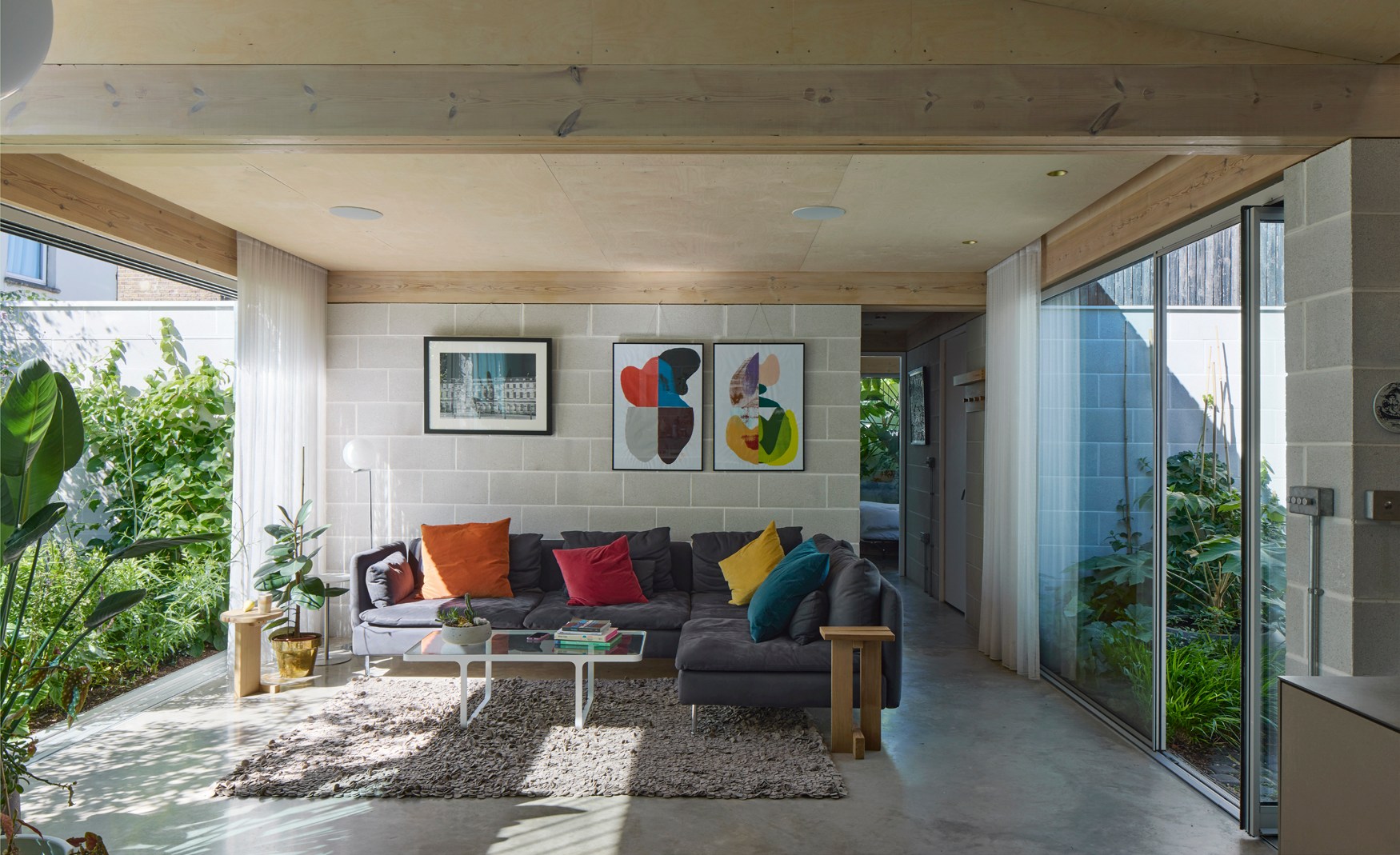
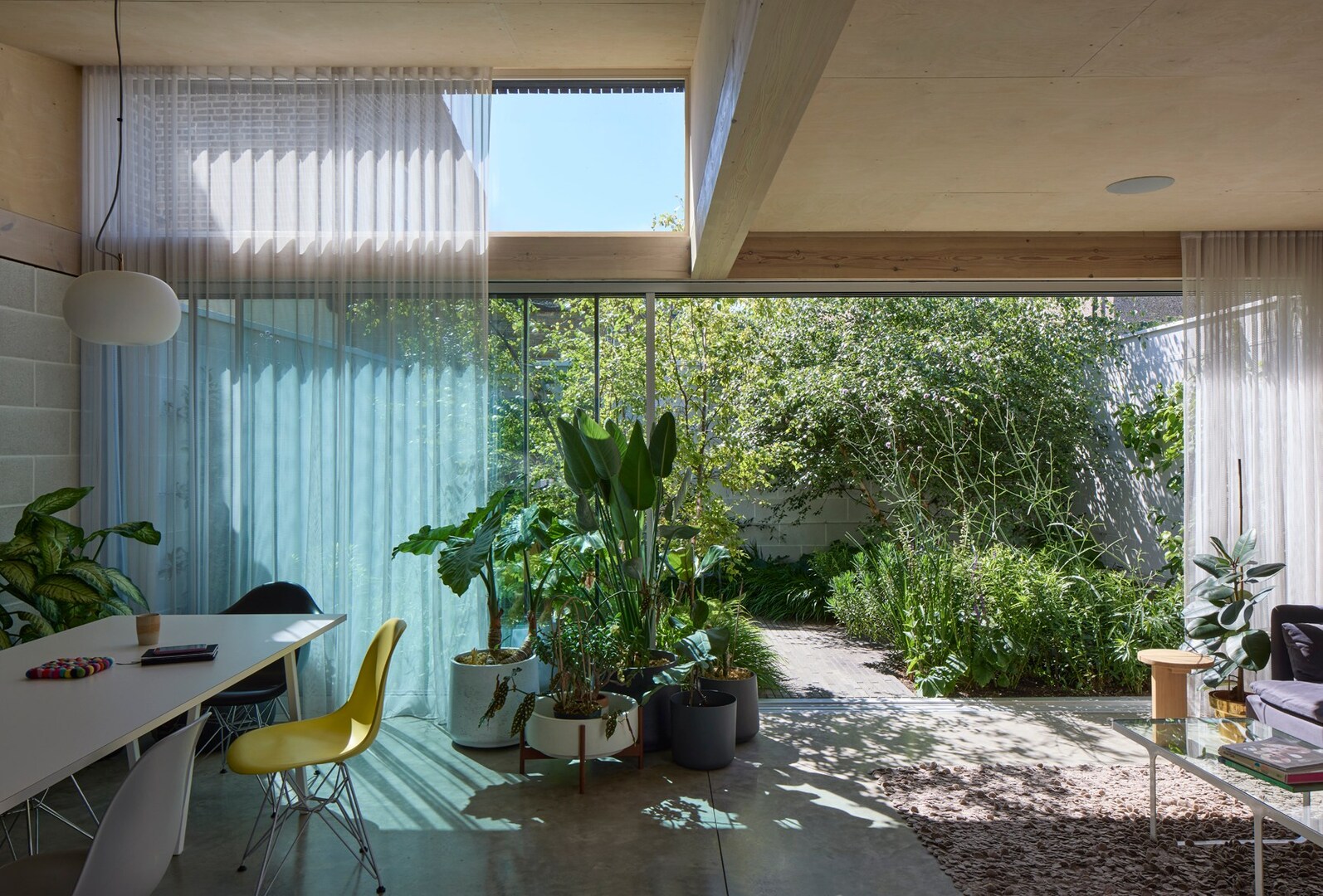
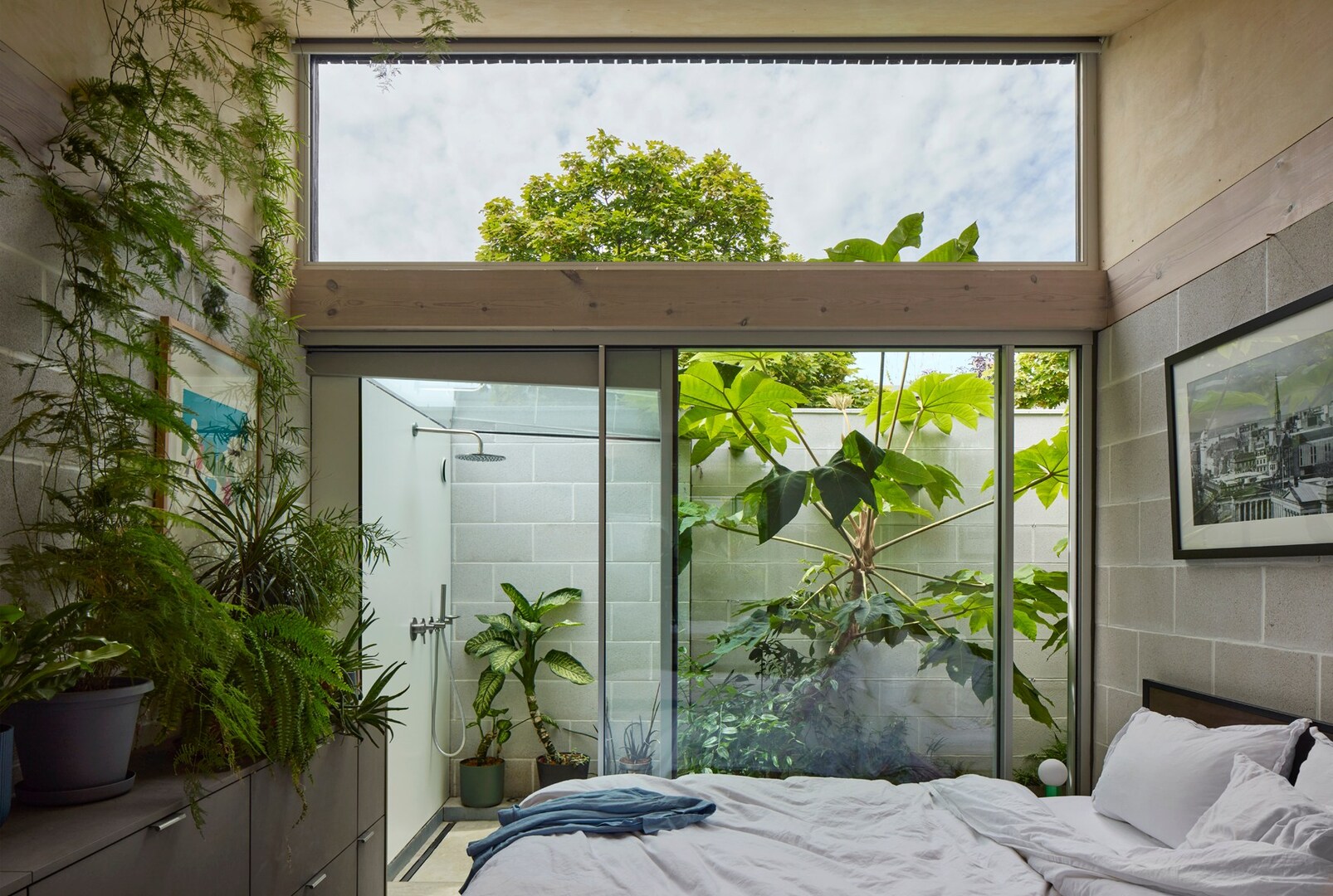
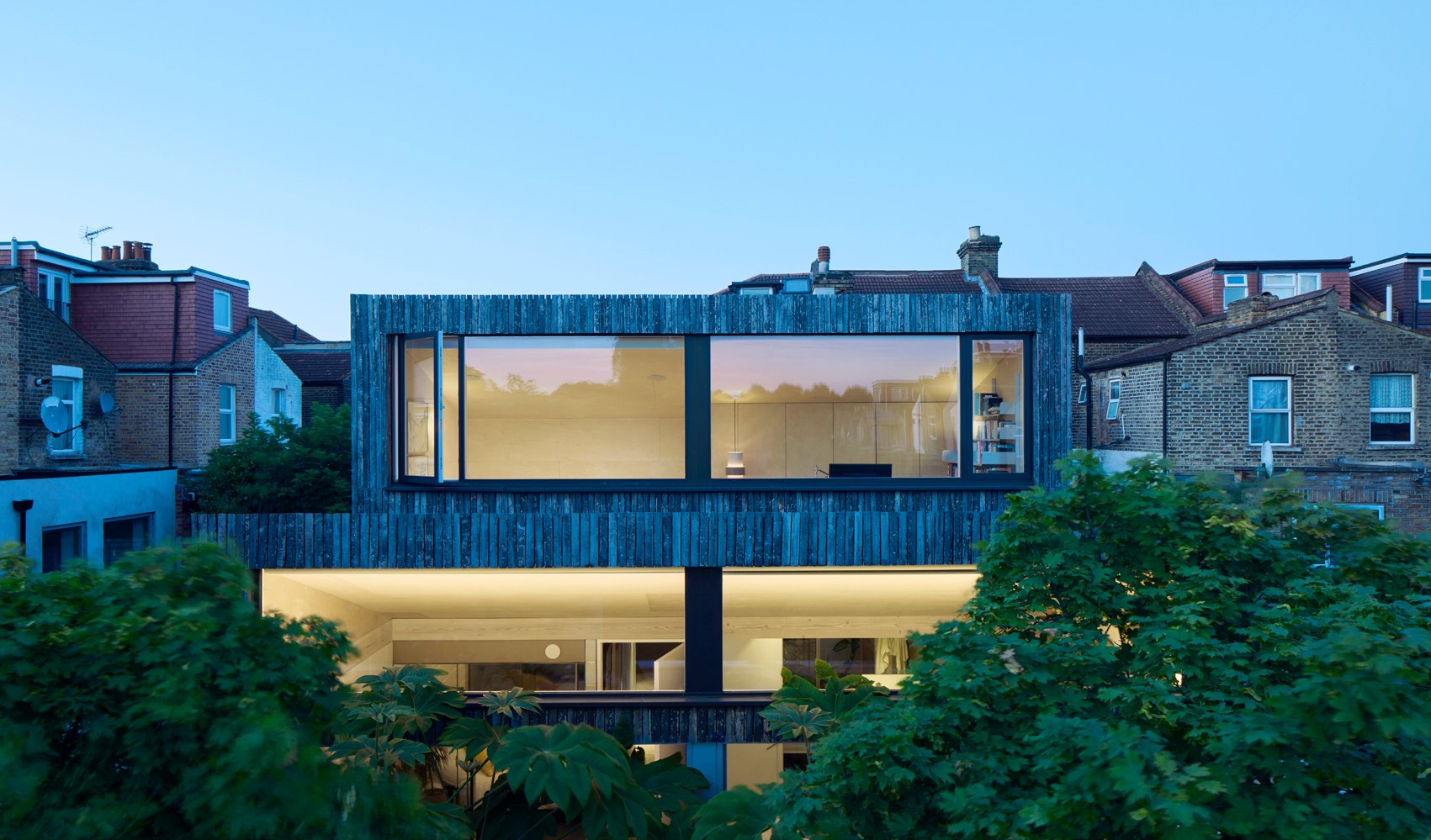
Though the aesthetic leans towards industrial, the peaceful environment and three courtyards evoke a sense of California over typical suburban life. The house features unexpected details, such as an outdoor-style shower housed in a glass enclosure on the patio, inspired by Shaw’s travels in Thailand. He meticulously designed it, ensuring privacy from neighboring properties, aided by frosted glass panels.
Further enhancing the guest room, Shaw incorporated a stainless-steel bath uniquely sunk into the ground. Landscape designer Charlie Hawkes contributed a lush, jungle-like planting scheme that amplifies the oasis feel, echoing the wild growth he initially noted on the site. “We emphasized this idea to create a more immersive urban retreat,” shared Hawkes, a double gold medalist at the Chelsea Flower Show. Large Tetrapanax ‘Rex’ plants were a luxurious addition, making the bathing experience feel tropical—a rare claim for a home near the North Circular Road.
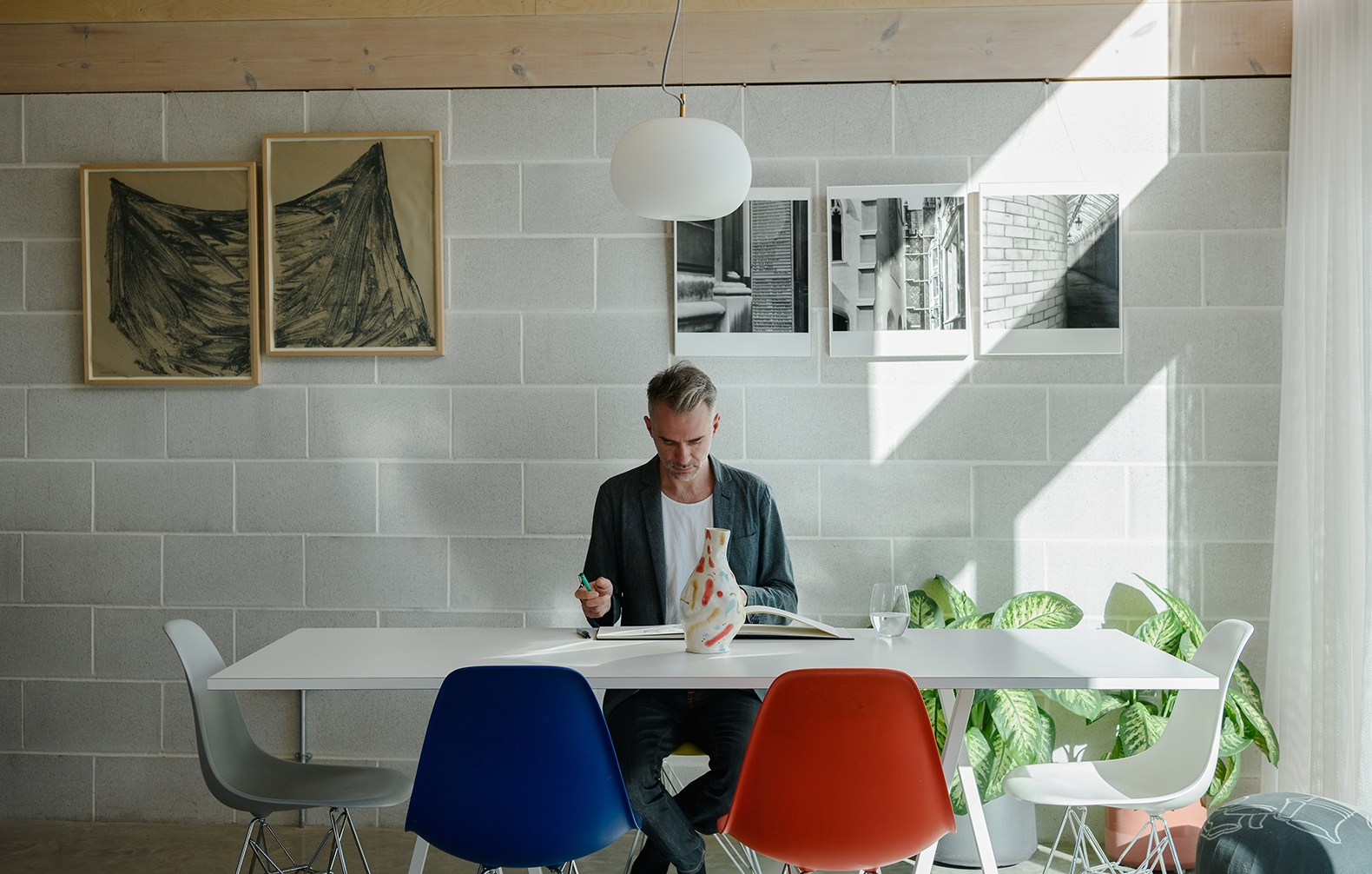
To efficiently manage costs, Shaw took charge of several subcontractors, wary of overblown claims he’d heard from others. Each aspect of the project had a budget with a 10 percent contingency, and unlike typical scenarios in home renovation tales, he managed to keep everything in line. When the glazing company folded, he remained calm as it was soon acquired by a larger entity which fulfilled its commitments. Added together with an approximate £100,000 for furnishings, landscaping, and high-end kitchen appliances, the overall expenditure comes to £400,000, alongside the initial land cost of £265,000. Given the estimated valuation of Catching Sun House at around £1 million, Shaw’s investment is firmly in the black.
At present, he has no plans to relocate. “The brief was deeply personal. It symbolizes the shift from chaos to tranquility. It’s a refreshing escape from everything,” he reflects. Most importantly, it is perpetually warm and naturally lit.
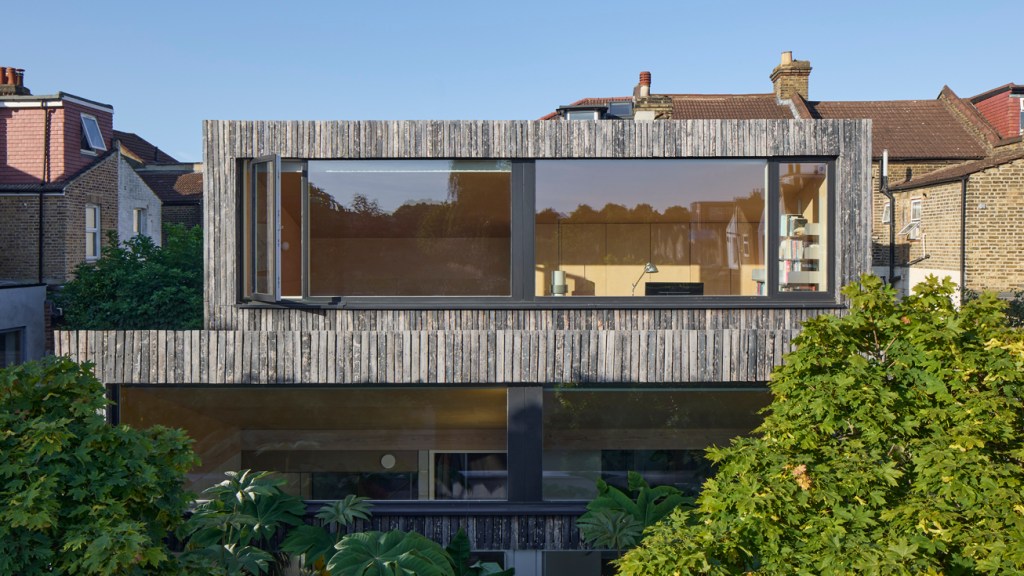

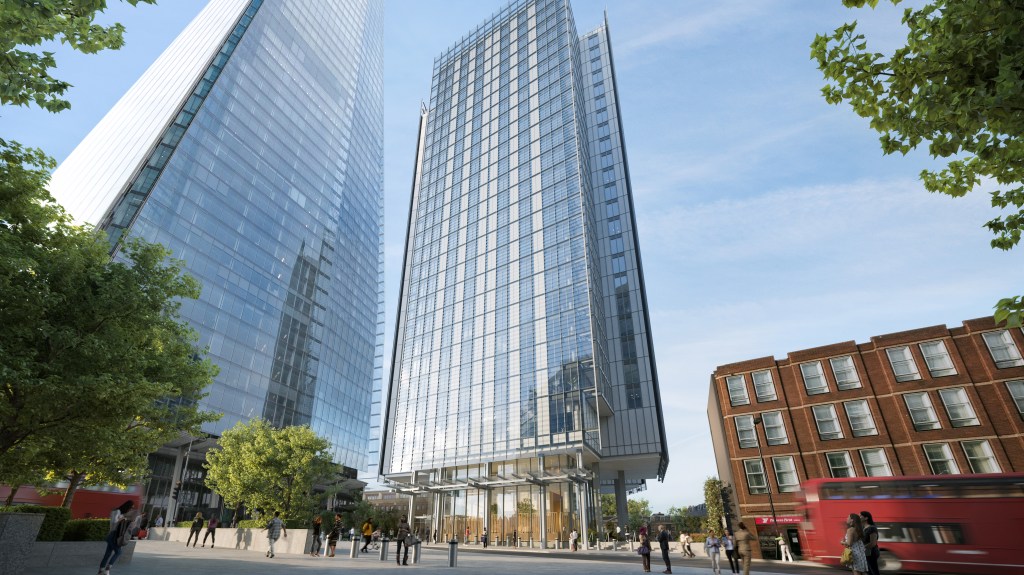
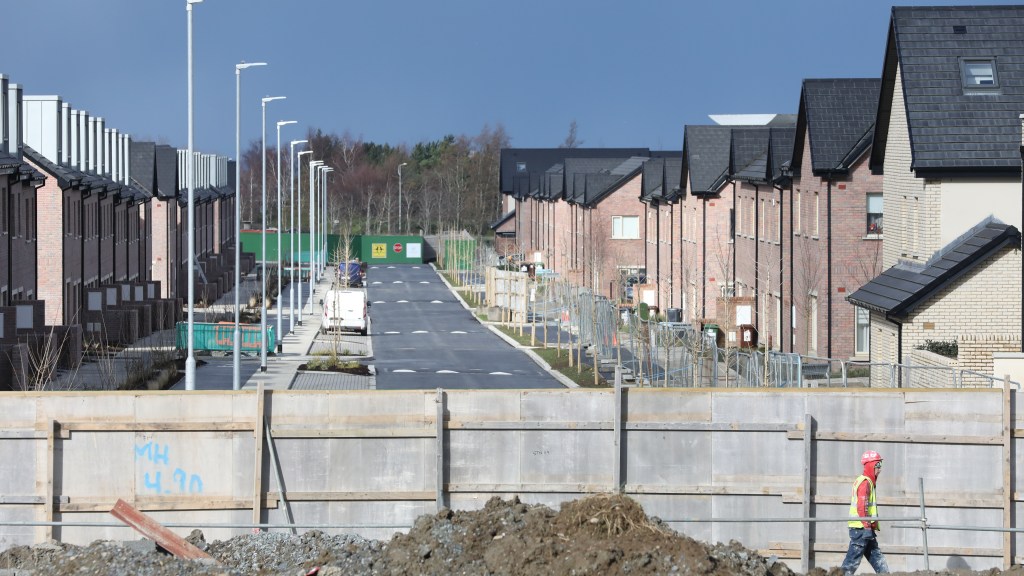
Post Comment